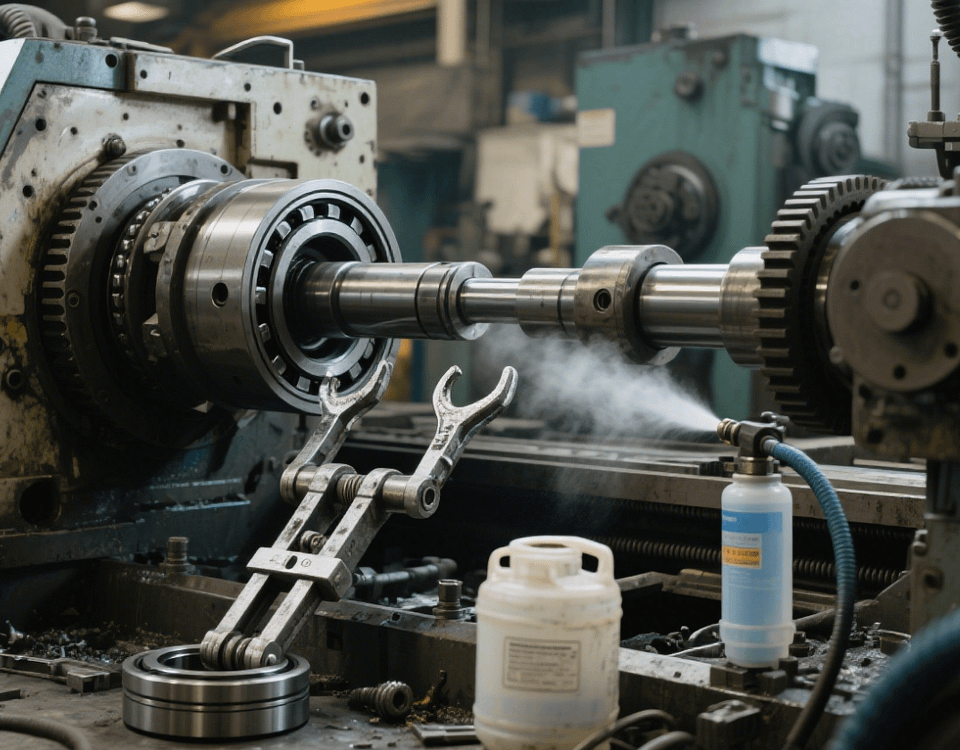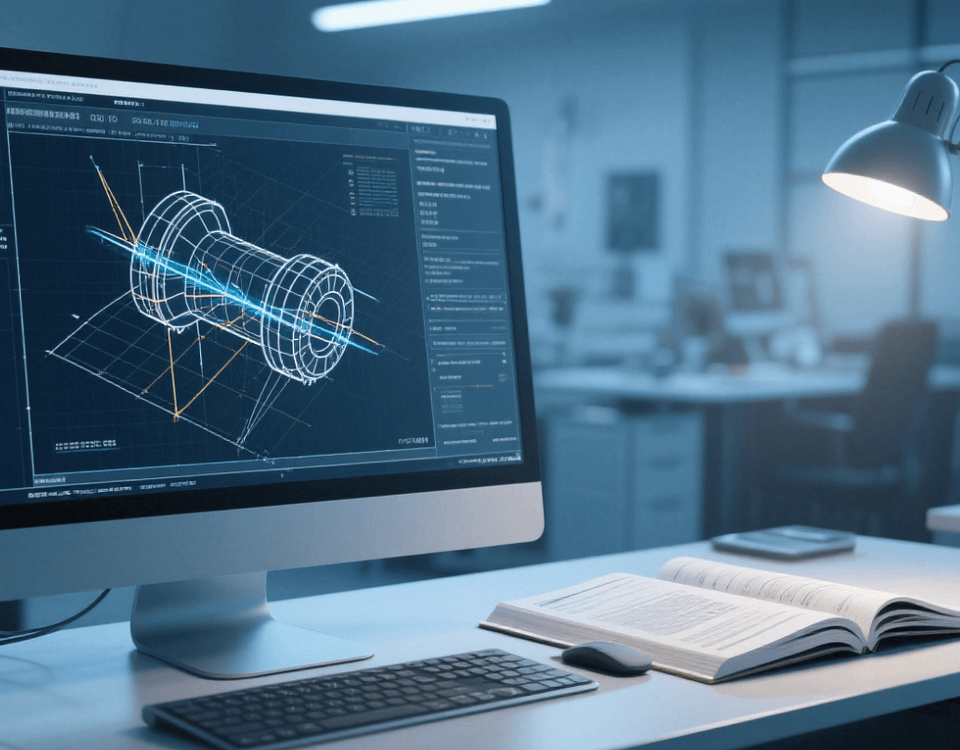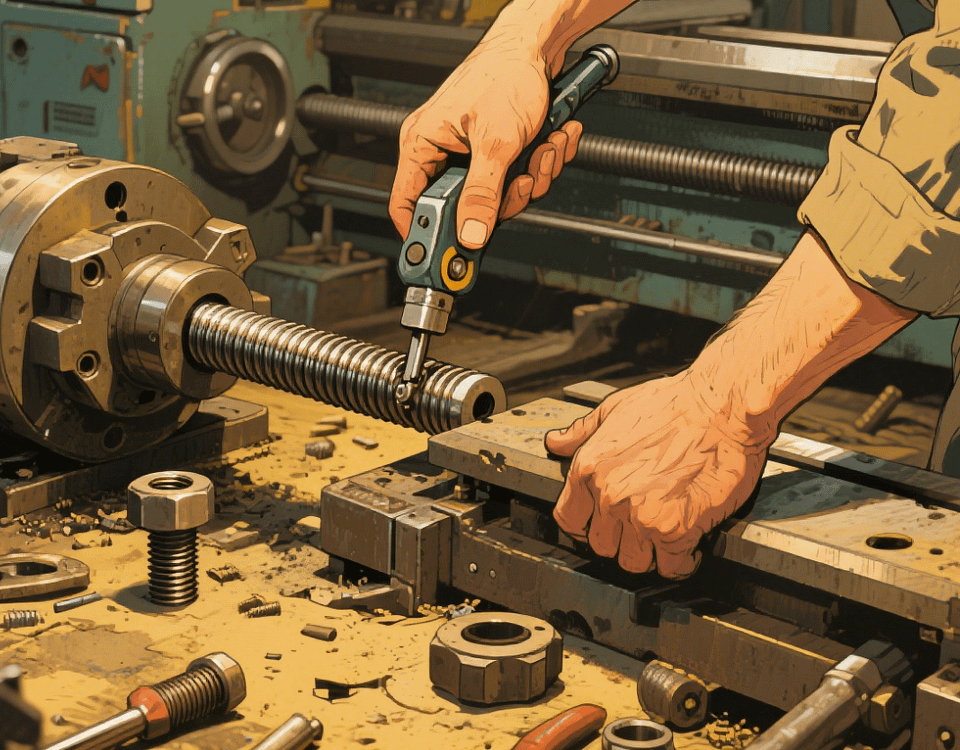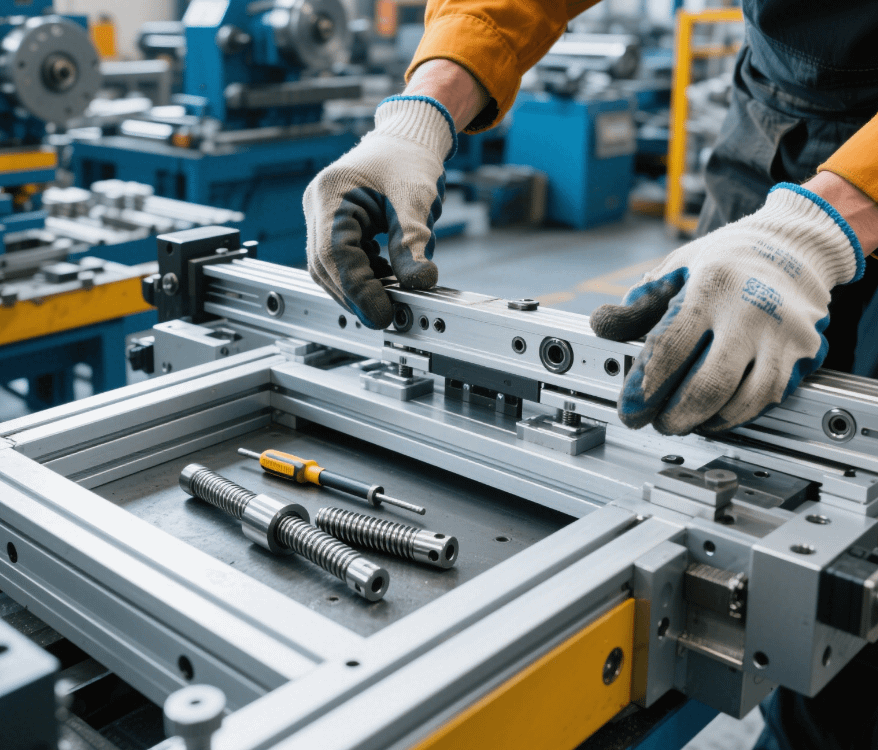CNC milling parts: The Precision Manufacturing Innovation Led by Sliding Headstock Lathes
In the precision machining system of modern manufacturing industry, cnc milling parts, with its characteristics of high efficiency and accuracy, has become the core technology for shaping rotational parts. cnc milling parts controls the movement of the cutting tool along the axis or in the radial direction of the workpiece through a computer, enabling processing operations such as external turning, boring, and grooving for parts like shafts and discs. As a cutting-edge representative of cnc milling parts equipment, the sliding headstock lathe brings revolutionary breakthroughs to precision parts manufacturing with its unique processing mode and excellent performance.
The “sliding headstock” processing principle of the sliding headstock lathe endows it with unparalleled accuracy advantages. When traditional cnc milling parts process parts with a large length-diameter ratio, vibrations and deformations are likely to occur due to the cantilever effect. However, the sliding headstock lathe evenly distributes the cutting force by having the workpiece “move” along the axis and coordinating with the multi-axis linkage of the cutting tool, stabilizing the processing accuracy at the micrometer level. For example, when processing the titanium alloy hollow shaft used in aircraft engines, the sliding headstock lathe can control the roundness error within 0.002mm, and the surface roughness can reach Ra0.4, far exceeding the level of ordinary lathes.
In terms of production efficiency, the multi-process integration ability of the sliding headstock lathe is remarkable. In a single clamping, the sliding headstock lathe can seamlessly connect more than ten processes such as turning, milling, drilling, and tapping, without the need to change the tool halfway or perform a second clamping. Take the plunger of a miniature syringe in the medical device industry as an example. Traditional equipment requires 3 to 4 clampings, while the sliding headstock lathe can complete all the processing with only one clamping, shortening the production cycle by 60% and significantly improving the batch production efficiency.
In addition, the sliding headstock lathe has great advantages in processing parts with complex structures. Its equipped Y-axis and power tool system can achieve composite processing such as radial milling and side drilling. In the field of electronic communication, when manufacturing the heat dissipation fins of 5G base stations, the sliding headstock lathe can efficiently machine micron-level spiral heat dissipation grooves on the surface of thin-walled cylinders through the turning-milling composite process, which not only ensures the structural strength but also improves the heat dissipation performance.
From the high-temperature resistant alloy components in aerospace, to the implant-grade precision parts in the medical device industry, and then to the miniature structural parts of electronic devices, the sliding headstock lathe, with the high precision and high efficiency of CNC turning, continues to drive the upgrading of the precision manufacturing industry and has become an indispensable technical pillar of high-end equipment manufacturing.





